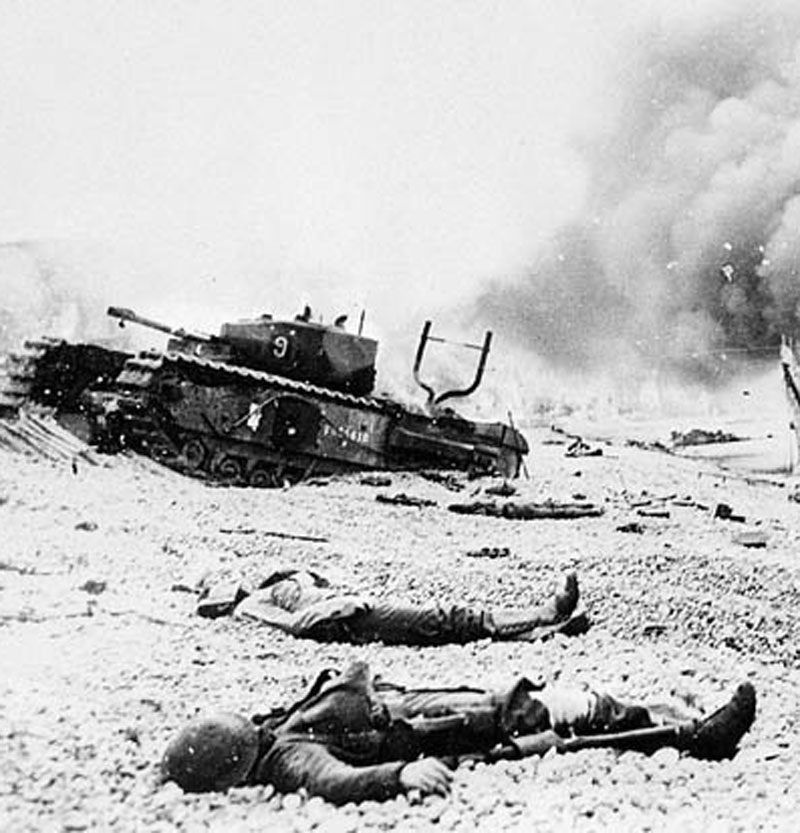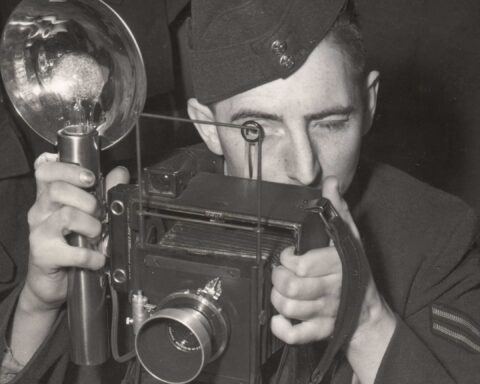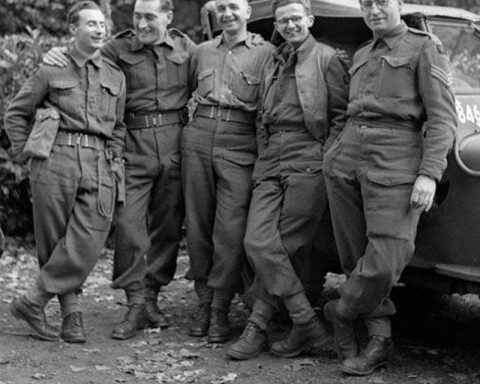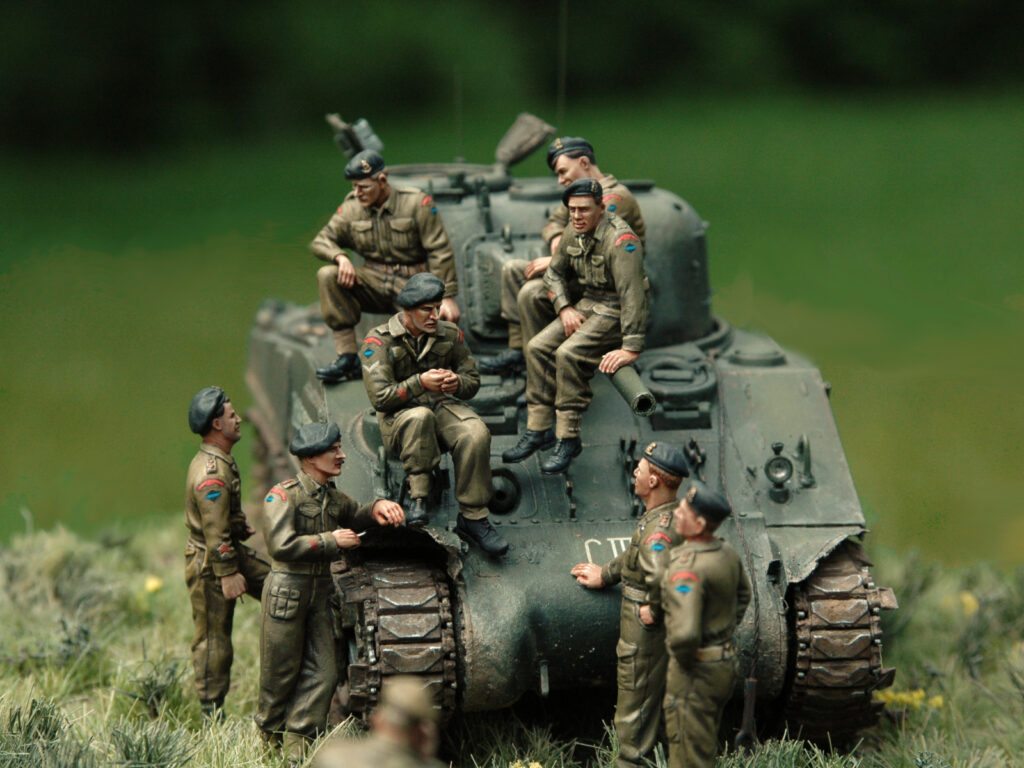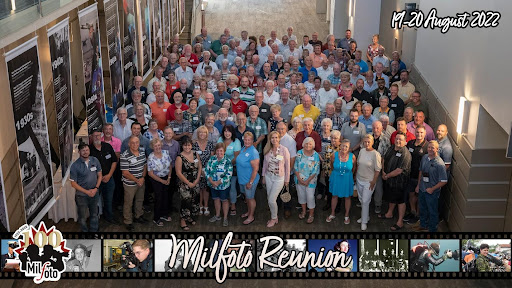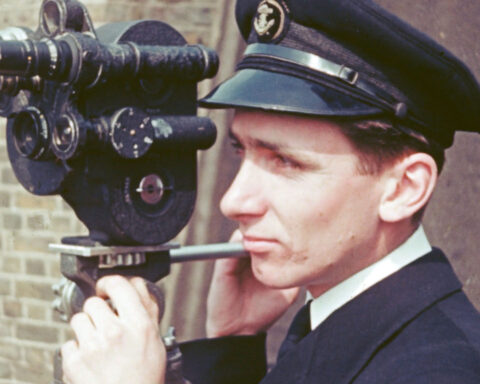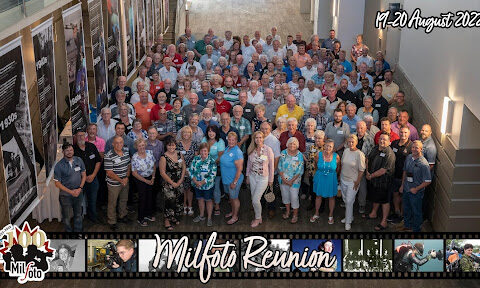In honour of the 80th anniversary of the Dieppe Raid, I am reposting this article by Richard Tomkies, initially published on: Nov 7, 2017.
Also, I am posting for the first time, an interview I performed with Richard on August 19th, 2019;
On May 28th of this year I had received an email from Mr. Richard Tomkies, who had in his possession, “remarkable video material professionally recorded in Dieppe during the 50th Anniversary in 1992.”
Mr. Tomkies would go on to say, “Dieppe of course, was not an error but a deliberate sacrifice, pivotal to success in Normandy and ultimately, victory in WWII.”
2017 happened to mark the 75th Anniversary of the Dieppe Raid; 19th August, 1942. On this day, the Allies had launched the largest military raid in history.
Thinking on this I began to research the involvement of the Canadian Army Film & photo Unit (CFPU), and their preparations for one of the greatest operations of the war. The CFPU, being formed in October, 1941, was almost one year old at the time and aching to get sent into action, having been relegated to parades, and drills up to this point.
The first thing that came to mind was an article recommend to me by someone I had interviewed back in February, 2009; George Powell. Mr. Powell served Canada as a soldier in the Signals Corps through WWII, and later was assigned to The Maple Leaf as a journalist.
The article was written by Mr. Powell;
War correspondents, PR unit overlooked: Photographers and cameramen went into action with soldiers (George Powell. The Ottawa Citizen. Dec 23, 1998.)
In the article Mr. Powell describes the roles and duties of the CFPU;
“CFPU personnel were combatant soldiers drawn from all branches of the Army. In 1942, a shortage of cameramen resulted in only one Canadian still photographer participating in the Dieppe raid…” NOTE: (George W. Powell would later pass away July 11, 2011)
I thought this was odd, and looked deeper into my notes all the while thinking back on Mr. Tomkies’ view that Dieppe “was not an error but a deliberate sacrifice…”
I eventually came across a letter within the Public Relations files held at Library & Archives Canada, written by Lieut. J.E.R. McDougall, Canadian Army Film Unit (P.R.O.) Canadian Military Headquarters, dated 23rd, July, 1942;
“For your information due to the recent arrival of two new hand cameras, the Film Unit is now in a position to put three cameramen into the field should any operations take place. These three would consist of one officer and two other ranks. I have already passed this information along to Major Wallace.”
It seemed the CFPU was going to get their chance;
“At 1730 hrs, 14 August, 1942 a request reached the P.R.O. office at C.M.H.Q. from Major Wallace, P.R.O. Army, for Cpl. (Alan) Grayston of the Film Unit to report with Lieut. (Frank) Royal the next morning for an unspecified job. Grayston was unavailable, being engaged in another job, so Pte. (George) Cooper, an equally competent cameraman, was sent in his place.”
However, circumstances had changed by the time they arrived. Lieut. McDougall goes on;
“Upon arrival at Army H.Q., Lieut. Royal was told that the job was ‘not important’ enough to warrant sending two men, and Cooper was sent back to C.M.H.Q.”
To compound things further, it was learned later that three British Army Film Unit cameramen, two of their still photographers and one civilian newsreel cameraman were assigned to accompany the Dieppe operation. Clearly upset at the change, and without an explanation, Lieut. McDougall expressed his disappointment;
“I have had no explanation from P.R.O Army, and can conceive of none, why our cameraman, Pte. Cooper was returned to C.M.H.Q., after having been requested, and when an operation was impending. In any event, we should have been asked to supply three cameramen rather than one. Where the fault lies I have no way of knowing, but the fact remains that we had a definite job to do, we were trained, prepared and equipped to do it, and when the time came to do it we were deliberately ignored.”
Lieut. McDougall was so upset that he requested to be replaced by “someone possibly of lower medical category [who] could handle my job and free me for combatant duties.”
Like Lieut. McDougall, I am left wondering why? What was it about Dieppe that C.M.H.Q. did not send highly trained cameramen into what was largely a Canadian operation? Going back to the email, I invited Mr. Richard Tomkies, to present here in his words, his thoughts on Dieppe…
Intro – Richard Tomkies – Documentary Writer/Researcher
“I’ll tell you what I think”
“I was in Fairbanks, Alaska, filming an Alaska Highway 50th Anniversary event, when the truth of Dieppe hit me in a real Russian bear-hug! A Russian Vet-pilot asked me where I was from.
“Canada” I told him.
“Canada?” he bellowed, “I love Canada! Canada win war!” He spilled his vodka down my back with the hug!
“How? I asked him, “How Canada win war?”
“Dieppe!” he yelled, all smiles. “Canada die in Dieppe. Canada win war!”. He went off for more vodka.
Those few crazy words set me on a long road of research. Step by logical step, I came to realize that the Dieppe Raid, far from a tragic cock-up, was the launch of a brilliant strategy to win WW2 in Europe. In this light, the horror of Dieppe becomes deliberate; not a defeat but a victorious action of diabolical genius.
The Official Why:
Neither before The Raid, nor since, has there ever been given a clear, cogent reason for it. Explanations have been offered, along with apologetic possibilities, but never a solid, strategic objective to justify a raid of such magnitude. This apparent strategic anomaly would mystify General Conrad Hasse, the officer commanding German forces around Dieppe. “It was too big for a raid, to small for an invasion. I cannot understand what they hoped to accomplish – unless the objectives were covert” Hasse reported to Hitler.
The lack of a clear objective has led historians on an elusive quest to find one. After 75 years, none has advanced beyond educated guesses.
What is so astonishing is that not a single historian, none of the pundits, has ever approached the record, their quest to fill the “wanting” gaps, with a truly open mind. Had they done so, had they not been blinkered by witch-hunt fever, they may well have considered the rather obvious possibility that Dieppe was not a mistake at all, that the bloodbath may well have been a strategic, sacrificial success, the bloodier the better.
Many aspects of Dieppe’s mysteriousness become less so in this light; many anomalies, so puzzling before, begin to make sense. In fact, it now seems more than likely that Dieppe was, indeed, the strategic success it was planned to be, that the time has come for this truth to be told.
– Richard Tomkies, Vancouver, 27th March, 1993 –
Next Step to The Truth – Do you want to take it? A closing note from Richard Tomkies.
The stones are in London, Ottawa, Bonn, Washington and Moscow, even Pretoria, Aukland and Canberra; we know where they lie – all the serious researcher has to do is turn them over. The hints have drifted through time, seeped from leaks in vaults of secrecy; like pieces of a puzzle, disconnected and surprising, they are coming together to reveal the truth of Dieppe at last. It is not a pretty picture; it has a side of ugliness which chills the mind. Yet there is vivid courage in it, courage which offered a devastating sacrifice of blood to achieve as much, if not more, as any single action in WW11: the defeat of tyranny and the saving of civilisation.
We have an obligation to those who gave their lives, to their families, to Canada, to History, to reveal this truth.
Closing Appeal
As custodian of Richard Tomkies’ research material, along with his 50th Anniversary filmed interviews with Veterans in Dieppe, I will be pleased to share this material with those seriously interested in pursuing the truth of Dieppe.
Please contact me at:
webmaster@canadianfilm.com
Update
It is with great sadness that I share of the passing of Richard Tomkies, on the 25th of December, 2020.
